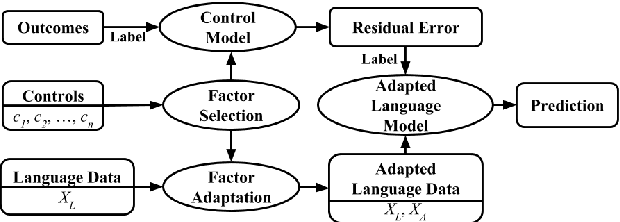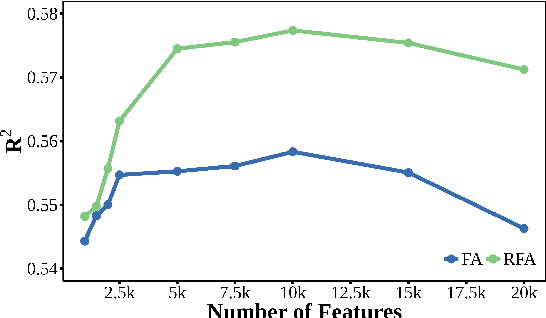Residualized Factor Adaptation for Community Social Media Prediction Tasks
Paper and Code
Aug 28, 2018



Predictive models over social media language have shown promise in capturing community outcomes, but approaches thus far largely neglect the socio-demographic context (e.g. age, education rates, race) of the community from which the language originates. For example, it may be inaccurate to assume people in Mobile, Alabama, where the population is relatively older, will use words the same way as those from San Francisco, where the median age is younger with a higher rate of college education. In this paper, we present residualized factor adaptation, a novel approach to community prediction tasks which both (a) effectively integrates community attributes, as well as (b) adapts linguistic features to community attributes (factors). We use eleven demographic and socioeconomic attributes, and evaluate our approach over five different community-level predictive tasks, spanning health (heart disease mortality, percent fair/poor health), psychology (life satisfaction), and economics (percent housing price increase, foreclosure rate). Our evaluation shows that residualized factor adaptation significantly improves 4 out of 5 community-level outcome predictions over prior state-of-the-art for incorporating socio-demographic contexts.
 Add to Chrome
Add to Chrome Add to Firefox
Add to Firefox Add to Edge
Add to Edge